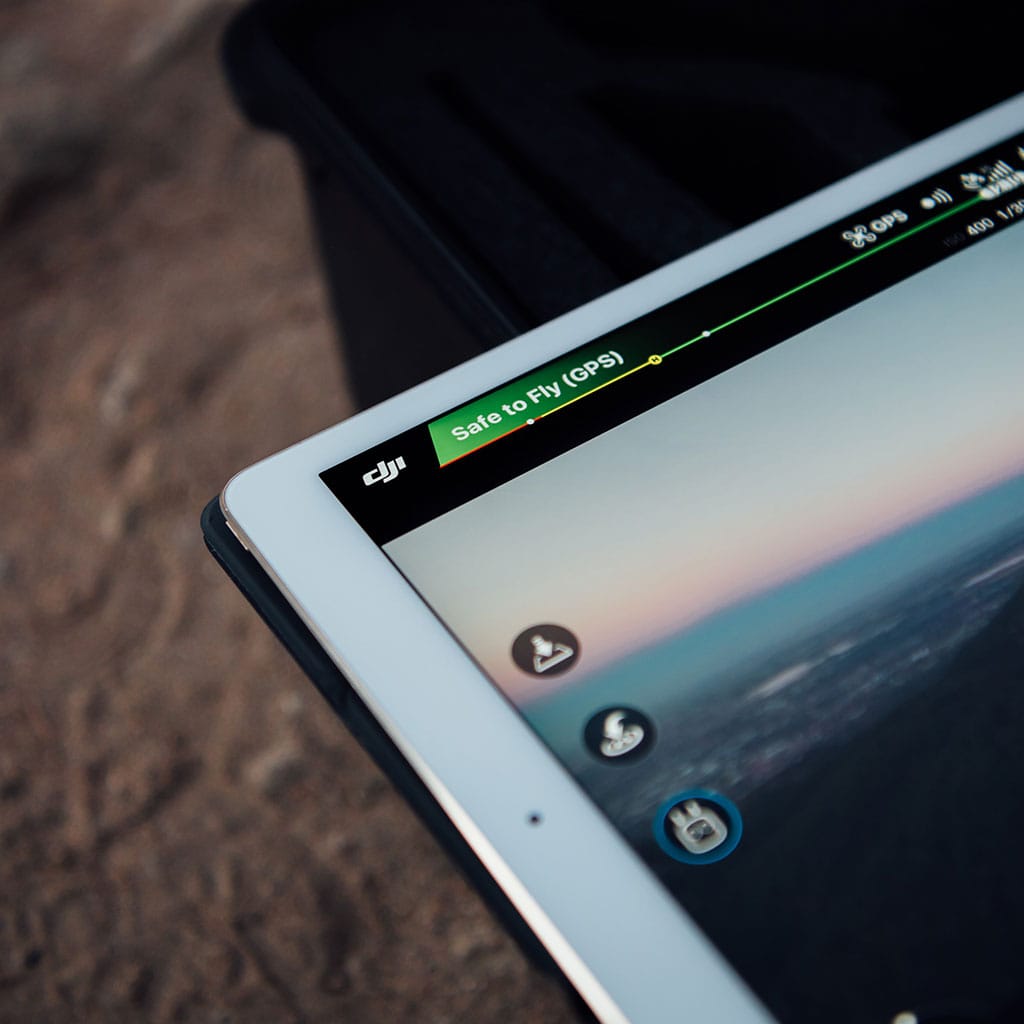How long does an iPad battery last
How long does an iPad battery last
As an essential companion in our digital lives, iPads have become invaluable for work, entertainment, and more. But have you ever wondered just how long that battery can keep up with your demands? This article will explore the factors that impact an iPad’s battery life, provide tips for optimizing it, and discuss realistic expectations for usage hours.
What is the average battery life of an iPad?
The magical and mysterious lifespan of an iPad battery is influenced by a multitude of factors, ranging from the model of the iPad to how you use and care for it. Here is a comprehensive explanation of the average battery life of an iPad.
iPad Model:
- Different iPad models come with varying battery capacities. Generally, newer models tend to have longer battery life due to improvements in hardware efficiency.
- For instance, the iPad Pro models typically have a longer battery life compared to the standard iPad or iPad Mini.
- Usage Patterns:
- Your usage habits significantly impact how long your iPad’s battery will last. Tasks like video streaming, gaming, or using graphic-intensive apps consume more power and drain the battery faster.
- Light tasks like reading e-books or browsing the web typically result in longer battery life.
- Screen Brightness and Display:
- Keeping the screen brightness high or using features like True Tone can reduce battery life.
- Adjusting screen brightness settings, such as lowering the brightness or enabling auto-brightness, can help conserve battery power.
- Connectivity:
- Using Wi-Fi consumes less power than using cellular data, so the type of internet connection you use can affect battery life.
- Additionally, connecting to Bluetooth devices or using accessories like external keyboards may have a minor impact on battery life.
- Background Apps:
- Apps running in the background can continue to use power. Ensure you regularly close unnecessary background apps to save battery life.
- Battery Health:
- Over time, all batteries degrade, and their capacity diminishes. This degradation is normal and occurs with every charge cycle.
- Apple provides a “Battery Health” feature in settings, which allows you to check your battery’s current capacity and performance relative to its original capacity. If your battery health is significantly degraded, you may experience shorter battery life.
- iOS Updates and Optimization:
- Apple often releases iOS updates that include battery optimizations. Keeping your iPad’s operating system up to date can help improve battery efficiency.
- External Factors:
- Environmental conditions, such as temperature extremes (very hot or cold), can affect battery performance. Extreme heat, in particular, can cause temporary battery drain.
- Battery Life Expectations:
- As a rough estimate, a typical iPad should provide between 8 to 12 hours of active use on a single charge, depending on the factors mentioned above.
- Battery life may vary slightly from what’s advertised by Apple due to real-world conditions.
It’s important to note that as your iPad’s battery ages, it will hold less charge, and you may notice a gradual decrease in battery life over the years. If you experience a significant and sudden drop in battery performance, it may be a sign that the battery needs replacement. Overall, understanding these factors and adjusting your usage habits can help you maximize the lifespan of your iPad’s battery.
How Does Battery Health Change Over Time?
Battery health is a critical aspect of an iPad’s long-term performance, and it naturally changes over time due to several factors. The primary factor influencing battery health is the number of charge cycles. A charge cycle refers to the process of charging a battery from 0% to 100%. As an iPad undergoes these charge cycles, the battery gradually loses some of its capacity to hold a charge.
Additionally, battery health is affected by usage patterns. Heavy users who frequently drain their iPad’s battery and recharge it put more strain on the battery, leading to a faster decline in health. Factors such as display brightness and battery percentage also play a role. Keeping the screen brightness high or allowing the battery to frequently drain to very low levels can contribute to faster battery degradation. Over time, this results in fewer hours of battery life on a single charge. Traditional lithium-ion batteries, including those used in iPads, naturally degrade over the years, which is why users may notice a reduction in battery life after several years of use or may experience battery issues like unexpected shutdowns.
To monitor battery health, users can check the battery percentage and use the “Battery Health” feature available in iOS settings. This feature provides insights into the current state of the battery and whether it’s operating at its original capacity. Users can also assess battery health by observing their iPad’s performance, as a significant drop in battery life or noticeable issues may indicate that the battery requires replacement to restore optimal performance.





You must be logged in to post a comment.